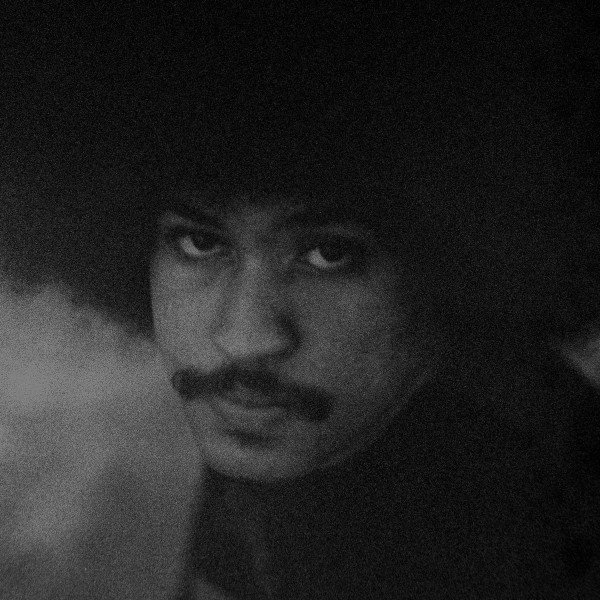 Image 1 of 2
Image 1 of 2

 Image 2 of 2
Image 2 of 2



Brazil Classics: Beleza Tropical 2. Compiled by David Byrne.
Luaka Bop – LBLBOP 0035
Series: Brazil Classics – 2
Format:
2 x Vinyl, LP, Compilation
US, 2023
Bossanova, Samba, MPB
Luaka Bop – LBLBOP 0035
Series: Brazil Classics – 2
Format:
2 x Vinyl, LP, Compilation
US, 2023
Bossanova, Samba, MPB
Luaka Bop – LBLBOP 0035
Series: Brazil Classics – 2
Format:
2 x Vinyl, LP, Compilation
US, 2023
Bossanova, Samba, MPB
Brazilians are the original masters of mixology, blend and hybridization. We’re just catching up to what they’ve been doing for years, decades even. It’s been 10 years since we at Luaka Bop released our first compilation of Brazilian music. Beleza Tropical. It sold extremely well, 350,000 and still going strong, but a lot has happened since then.
That first record reflected the coming of age, the maturity, of the tropicalismo generation–the late 60’s revolutionary movement in the arts that advocated cultural cannibalism: absorbing, “eating” and appropriating anything and everything from anywhere. This new collection reflects the impact and energy of a new generation who rather than seeking to overturn or discredit the work of its predecessors, wants to build on it, add to it, and continue absorbing greater and more contemporary influences.
David Byrne talks about vol 1. —
Wow when did this first come out? 1989? Over 30 years ago! I listened to some of the songs yesterday and, well, they hold up, they’re truly timeless songs.
In my notes at the time I wrote about the way this music joined musical sophistication with memorable pop melodies and often social and political commentary. Like Marvin Gaye’s What’s Going On this music mixed sensuality with pointed social engagement. I learned that though we often feel like screaming we can also couch our awareness and frustrations in beauty and rhythm—which often makes a more seductive and effective argument than a scream—though a scream can be pretty damn cathartic for sure. But as beautiful as the songs sound their message was pointed enough that some of these artists were jailed and forced into exile.
Beauty can be pointed.
This kind of writing, like Gaye’s and many others, invites us to rise above, to be the change we can imagine. The music says that—while the words might describe the situation as it is, in all it’s pain and suffering. I saw that songwriting can do this—speak brutally and honestly and at the same time provide a hint of a way out.
I also learned that musical sophistication like that heard in these songs is not antithetical to acceptance by a popular audience (many of these artists and their songs were hugely popular) and to the work being approachable and accessible.
This was one of our most popular compilations. For a while I got used to hearing this record in cool restaurants and clothing boutiques. The label I was signed to at the time must have not expected it to sell well, because they made a horrible licensing deal such that they lost money on every record sold! Beat that Amazon and Spotify! We were losing money to spread the reach of this music 30 years ago, way before internet businesses learned to lose money in hopes of gaining market share before their investors walked away.
When this collection came out I realized that although many Europeans and Jazz fans were already followers of Brazilian music, many of the fans of Talking Heads and what was called New Wave music had never heard of these songs or these artists. Like me, many who bought this collection soon became fans of specific artists. I suspected that maybe here was a solution to the marketing that lumped the music under the exotic banner of “world music”—Northern folks were actually beginning to pick out artists they liked and were following them the same way they would their local rock and RnB groups. I began to see more non Brazilian faces at the live shows in NY that I attended.
Though this collection represents a special era in Brazilian popular music these artists have not stood still. They’ve continued to explore and expand what they do—some of their recent albums are some of their best. Meanwhile, this music has served as an inspiration for newer generations of composers and performers.
By the way—the record cover is an optical illusion thought up by the late Tibor Kalman and his studio. If you flip the record upside down you can see that the young woman’s hair is not falling straight down—so she’s not in fact leaning back or swooning quite as much as it appears. She was just leaning back ever so slightly while standing on a slanted wedge. When the wedge edge was tipped in layout to be parallel with the bottom of the record cover it appeared that she was in an extreme ecstatic swoon. Very smart—to visually represent what the music FEELS like.
-David Byrne, 2022








